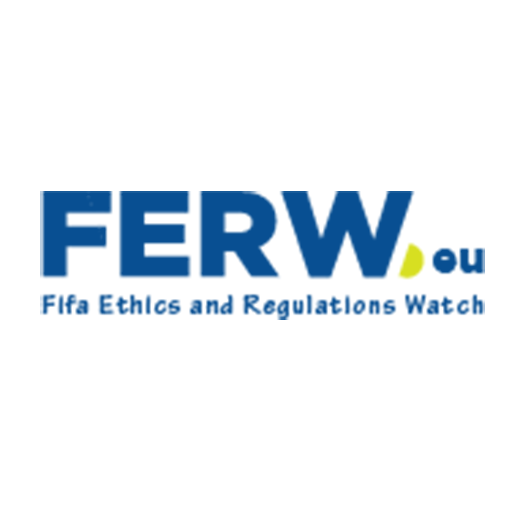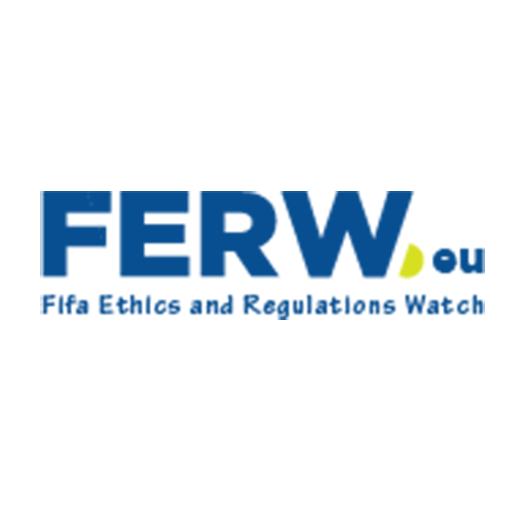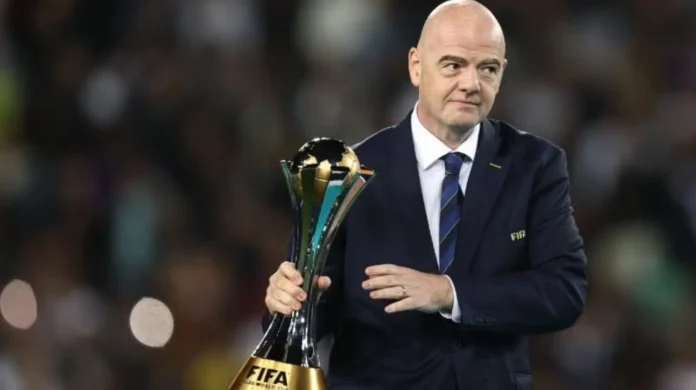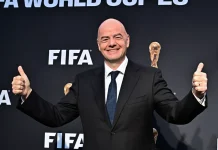The 2025 FIFA Club World Cup, hosted in the United States with an expanded 32-team format, was intended to be a game-changing celebration of global club football. But instead of applause, it has drawn widespread criticism over player welfare, commercial bias, opaque qualification, and lackluster fan engagement. FIFA President Gianni Infantino claimed, “This is not just a tournament; it’s the future of club football”, yet many fans, players, and analysts argue the tournament symbolizes everything going wrong with modern football governance.
FIFA is trying to reinvent the Club World Cup in 2025
FIFA’s reinvention of the Club World Cup aimed to elevate it to a flagship global competition by expanding it to 32 teams and hosting it every four years. Held in the United States ahead of the 2026 FIFA World Cup, the 2025 edition came with heavy fanfare and innovations like ‘Ref Cam’ technology and theatrical walk-ons. The tournament’s opening match, held at Miami’s Hard Rock Stadium and featuring Inter Miami versus Egypt’s Al Ahly, drew a 61,000-strong crowd and global attention.
Space Coast Daily described,
“The atmosphere was akin to a World Cup final”,
showcasing the event’s intent to replicate the prestige of international football. Yet this spectacle masked deeper concerns that soon emerged from behind the scenes.
Why is the Club World Cup schedule being called dangerous for players?
The scheduling of the 2025 FIFA Club World Cup has become one of its most fiercely criticized elements. Positioned immediately after domestic seasons and international fixtures, the tournament offers players barely any rest before the next campaign begins. This has raised serious concerns about physical and mental health.
FIFPRO, the global players’ union, warned,
Clubs participating in the tournament face up to ten extra games, pushing athletes to their limits in already sweltering summer conditions across U.S. cities.
A European team physician told Al Jazeera, “We are pushing bodies to limits they were not designed for”,
highlighting the neglect of science and rest guidelines. With potential legal action brewing in Europe over labor law violations, FIFA’s insistence on maintaining this calendar has only deepened tensions.
Commercial interests overshadowing Sports fairness
Critics argue that the 2025 Club World Cup prioritizes marketability over merit. One of the clearest examples is the inclusion of Inter Miami, which many believe was designed to guarantee Lionel Messi’s presence rather than being based on sporting achievement. MLS veteran Kei Kamara stated,
“This is a marketing ploy, not a football decision”.
Mark La Sota of Forbes wrote,
“This is the first time we’ve seen blatant commercial interests override sporting merit on such a scale”,
pointing out the exclusion of more competitive clubs in favor of profitable narratives.
Financial disparities have also sparked backlash. While clubs receive millions in participation fees, players say they are being left behind. Tyler Adams of the MLS Players Association declared,
“The players who make this event possible are not getting their fair share”,
as protests with the slogan “Fair Share Now” erupted across stadiums and social media platforms.
Complicating matters further, the heavy involvement of Saudi Arabia’s Public Investment Fund in owning and sponsoring several participating clubs has raised ethical and political concerns. Human rights advocate Lina Alhathloul warned,
“This is more than football—this is geopolitical branding disguised as sport”.
Empty stadium is leaving questions
Despite the hype and record turnout for the first match, many subsequent fixtures in the 2025 Club World Cup have suffered from poor attendance. BBC Sport reported, “Several group-stage games had more staff than fans”, pointing to a general lack of excitement in host cities.
A Seattle-based supporter told Al Jazeera, “It feels like FIFA dropped this on us with no local outreach”.
While flashy pre-match experiences like player walk-ons and augmented reality intros were meant to boost fan connection, they often disrupted the match flow and felt gimmicky to traditional fans.
Local advertising has also been underwhelming, and the tournament clashes with the NBA Finals, MLB season, and the Women’s Euro 2025, which is drawing significant European viewership. These factors combined have made it hard for FIFA to position the Club World Cup as a true marquee event in an already packed sports landscape.
Qualification process for the Club World Cup
The selection process for the 2025 FIFA Club World Cup has been heavily criticized for its lack of clarity and meritocracy. While some clubs with strong continental records were excluded, others like Inter Miami were included despite questionable sporting qualifications.
Footboom1 described,
“A black box selection masquerading as meritocracy”,
and many analysts and fans agree. The absence of top players like Mohamed Salah and Cristiano Ronaldo, due to non-qualification or club choices, undermined the tournament’s promise to showcase the best talent in world football.
A former UEFA official told Sky News,
“This tournament was sold as a best-of-the-best—but instead it’s a B-list lineup with a few marquee names”,
highlighting the credibility gap that continues to haunt the competition.
Logistical issues affected the Club World Cup
From the outset, the 2025 FIFA Club World Cup has battled logistical and broadcasting hurdles. FIFA faced initial difficulty in securing traditional broadcast partners, eventually relying on streaming platforms heavily backed by Saudi interests. Al Jazeera reported, “Viewership in Africa and South America plummeted due to limited access to streaming services”, suggesting that core football audiences were excluded from the experience.
Security concerns also surfaced, with ICE (U.S. Immigration and Customs Enforcement) officers reportedly stationed at some venues. A player told Forbes anonymously, “It was unnerving to see people with guns outside a football match”, casting a shadow over the tournament’s attempt to project openness and inclusivity.
Such operational missteps reflect deeper structural problems—where the rush to globalize the event has outpaced thoughtful planning and audience accessibility.
What does the future hold for the FIFA Club World Cup?
The 2025 FIFA Club World Cup represents both a daring innovation and a cautionary tale. On paper, it promises to globalize club football, expand revenue streams, and energize new markets. In practice, it has exposed FIFA’s growing disconnect with player welfare, fans, and sporting fairness.
Gianni Infantino insists,
“This is just the beginning of something beautiful”,
but many stakeholders see a warning instead—a glimpse of how far commercial football may drift from its sporting core.
For the tournament to survive and thrive, FIFA must overhaul its approach. Transparent qualification, player protections, local community engagement, and fair compensation models are no longer optional—they are essential. Without these reforms, the Club World Cup risks becoming a symbol of football’s overreach, rather than its future.













